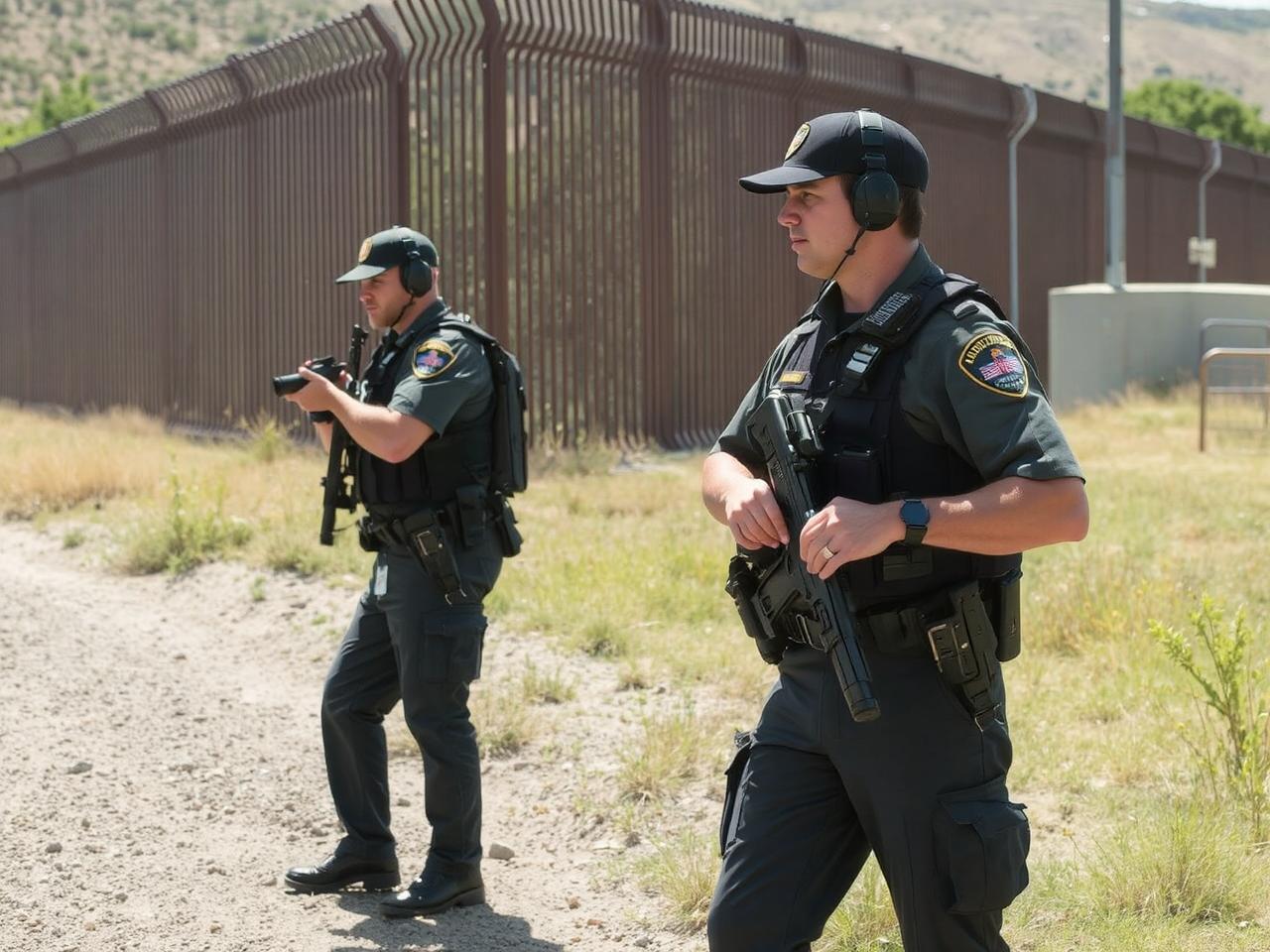In an era where border security is a pressing concern, the design and implementation of effective deterrents have become critical. One of the innovative solutions that has gained attention is the anti-climb panel on border walls.
These panels are engineered to prevent unauthorized access and enhance the overall security of border areas. This article delves into the intricacies of anti-climb panels, their design features, effectiveness, and implications for border security.
Have you checked the: Top 10 Smart City Traffic Management Systems Powering Technology in 2025?
What Is an Anti-Climb Panel?
An anti-climb panel is a security feature designed specifically to deter climbing over fences or walls. These panels are often constructed from robust materials that make scaling difficult.
By integrating various deterrents, such as spikes or serrated edges, these structures enhance the security of borders, particularly along the U.S.-Mexico border.
Key Features of Anti-Climb Panels
- Material Composition: Anti-climb panels are typically made from reinforced steel or other durable materials that withstand attempts to breach them. The use of non-scalable wall material is crucial in ensuring that these barriers remain effective over time.
- Design Elements: The anti-scale wall design often includes features like sharp edges, spikes, or barbed wire that are strategically placed to discourage climbing. Some designs incorporate advanced wall security measures for added protection.
- Integration with Security Systems: Many anti-climb panels are compatible with surveillance systems, adding an extra layer of monitoring to border security. This integration helps authorities respond quickly to any potential breaches.
The Importance of Anti-Climb Panels in Border Security
As border security becomes increasingly critical, the need for effective deterrents cannot be overstated. The introduction of border wall security panels has led to significant enhancements in border protection. Here are several compelling reasons why anti-climb panels are vital:
Enhanced Deterrence
The primary purpose of anti-climb panels is to deter unauthorized access. According to a study by the Department of Homeland Security, areas with enhanced border security barrier upgrades have seen a marked decrease in illegal crossings.
Cost-Effectiveness
Investing in high-security wall panels can prove more cost-effective in the long run. By reducing the number of successful unauthorized entries, authorities can save on law enforcement and emergency response costs.
Case Study: San Diego’s New Border Wall Anti-Climb Spikes
In recent developments, new border wall anti-climb spikes installed in San Diego may be rolled out nationwide.
This initiative reflects a proactive approach to border security, leveraging innovative designs to further secure vulnerable areas. Early reports indicate a significant reduction in climbing attempts in regions where these spikes have been installed.
Challenges and Considerations
While anti-climb panels serve as robust deterrents, they also present challenges:
a.) Legal and Ethical Implications
The use of anti-breach wall construction raises ethical questions about human rights and the treatment of migrants. It is essential to balance security measures with humane considerations.
b.) Maintenance and Upkeep
Regular maintenance is crucial to ensuring the effectiveness of anti-climb panels. Authorities must invest in ongoing inspections and repairs to address wear and tear.
Conclusion
The implementation of anti-climb panels on border walls represents a significant advancement in border security technology. By understanding the features and benefits of these panels, as well as the associated challenges, stakeholders can make informed decisions about their use.
Actionable Insights
For policymakers and security experts, the following steps can enhance the effectiveness of anti-climb panels:
- Conduct Regular Assessments: Regular evaluations of border security measures can help identify vulnerabilities and areas for improvement.
- Engage with community stakeholders: Open discussions with local communities can foster understanding and address concerns regarding border security measures.
- Invest in Technology: Integrating modern surveillance systems with anti-climb panels can enhance overall security effectiveness.
By focusing on these insights, authorities can continue to strengthen border security while addressing the complex issues surrounding migration and human rights.





